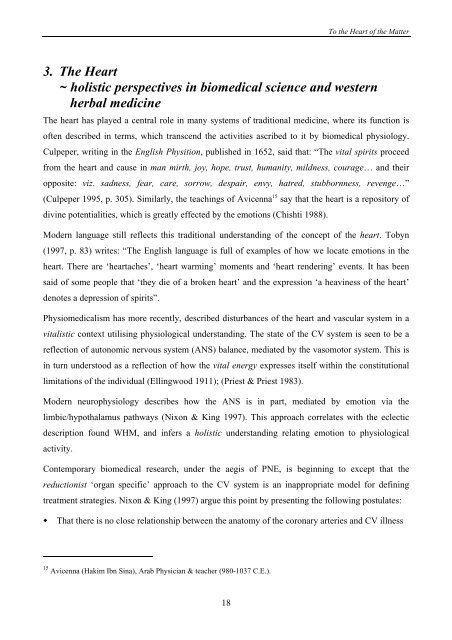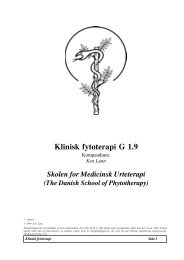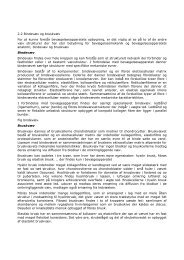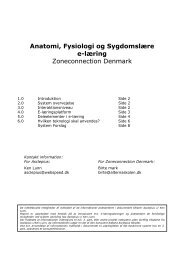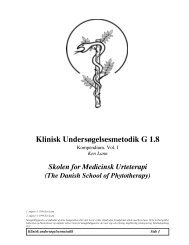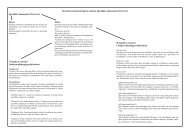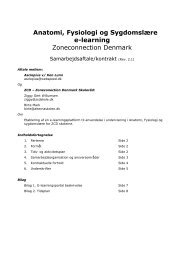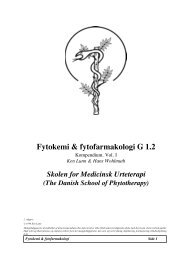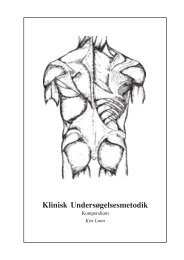PDF File - Asclepius Herbal Consultancy
PDF File - Asclepius Herbal Consultancy
PDF File - Asclepius Herbal Consultancy
You also want an ePaper? Increase the reach of your titles
YUMPU automatically turns print PDFs into web optimized ePapers that Google loves.
To the Heart of the Matter<br />
3. The Heart<br />
~ holistic perspectives in biomedical science and western<br />
herbal medicine<br />
The heart has played a central role in many systems of traditional medicine, where its function is<br />
often described in terms, which transcend the activities ascribed to it by biomedical physiology.<br />
Culpeper, writing in the English Physition, published in 1652, said that: “The vital spirits proceed<br />
from the heart and cause in man mirth, joy, hope, trust, humanity, mildness, courage… and their<br />
opposite: viz. sadness, fear, care, sorrow, despair, envy, hatred, stubbornness, revenge…”<br />
(Culpeper 1995, p. 305). Similarly, the teachings of Avicenna 15 say that the heart is a repository of<br />
divine potentialities, which is greatly effected by the emotions (Chishti 1988).<br />
Modern language still reflects this traditional understanding of the concept of the heart. Tobyn<br />
(1997, p. 83) writes: “The English language is full of examples of how we locate emotions in the<br />
heart. There are ‘heartaches’, ‘heart warming’ moments and ‘heart rendering’ events. It has been<br />
said of some people that ‘they die of a broken heart’ and the expression ‘a heaviness of the heart’<br />
denotes a depression of spirits”.<br />
Physiomedicalism has more recently, described disturbances of the heart and vascular system in a<br />
vitalistic context utilising physiological understanding. The state of the CV system is seen to be a<br />
reflection of autonomic nervous system (ANS) balance, mediated by the vasomotor system. This is<br />
in turn understood as a reflection of how the vital energy expresses itself within the constitutional<br />
limitations of the individual (Ellingwood 1911); (Priest & Priest 1983).<br />
Modern neurophysiology describes how the ANS is in part, mediated by emotion via the<br />
limbic/hypothalamus pathways (Nixon & King 1997). This approach correlates with the eclectic<br />
description found WHM, and infers a holistic understanding relating emotion to physiological<br />
activity.<br />
Contemporary biomedical research, under the aegis of PNE, is beginning to except that the<br />
reductionist ‘organ specific’ approach to the CV system is an inappropriate model for defining<br />
treatment strategies. Nixon & King (1997) argue this point by presenting the following postulates:<br />
That there is no close relationship between the anatomy of the coronary arteries and CV illness<br />
15 Avicenna (Hakim Ibn Sina), Arab Physician & teacher (980-1037 C.E.).<br />
18


